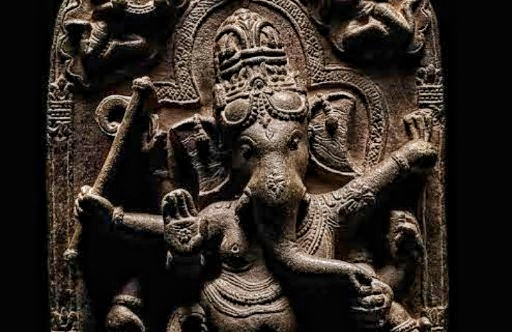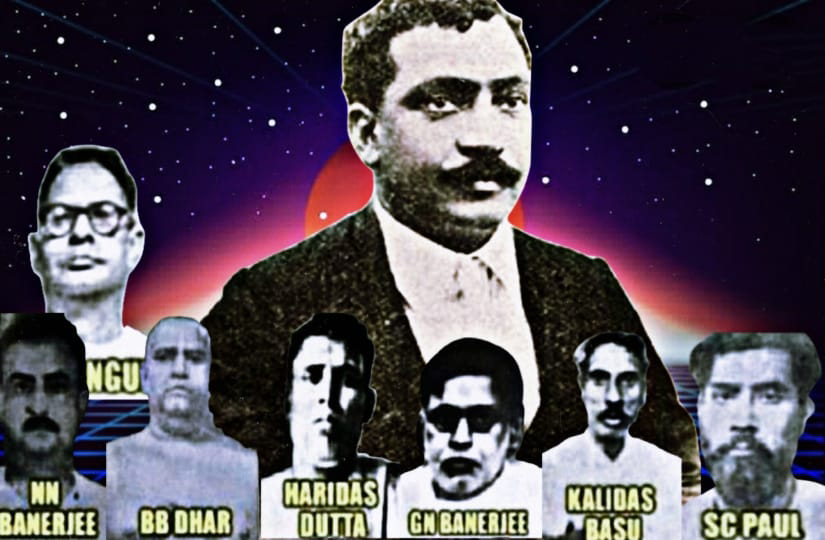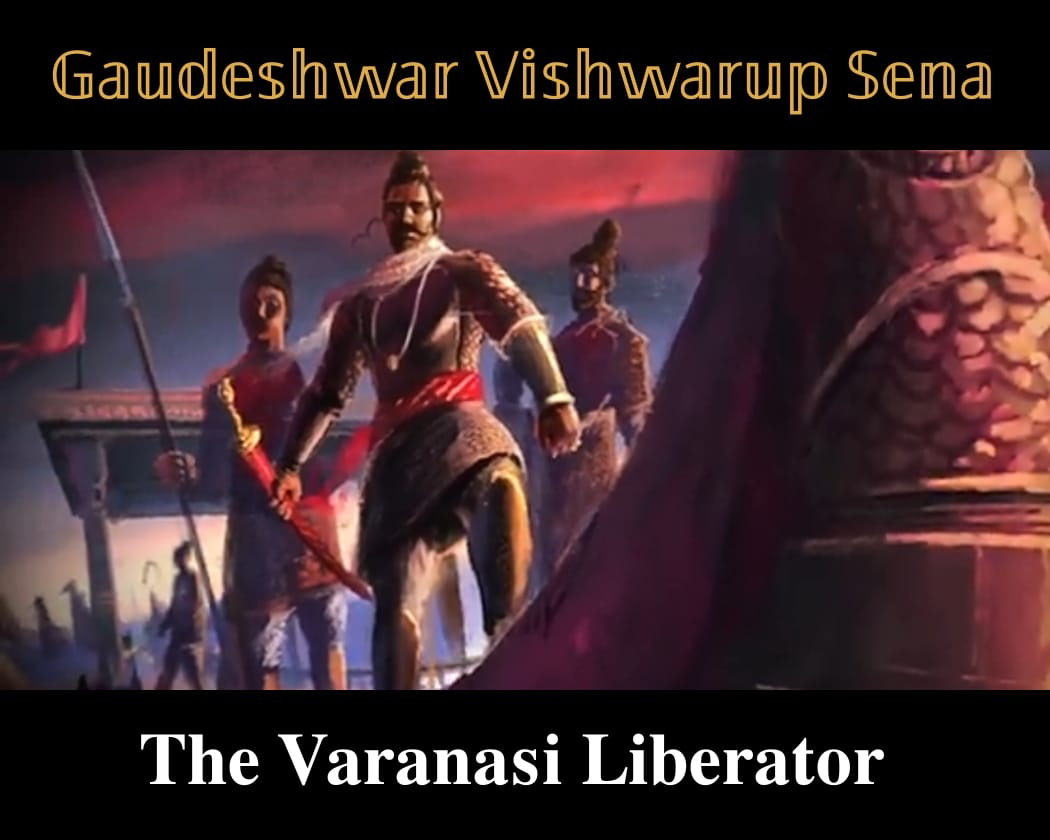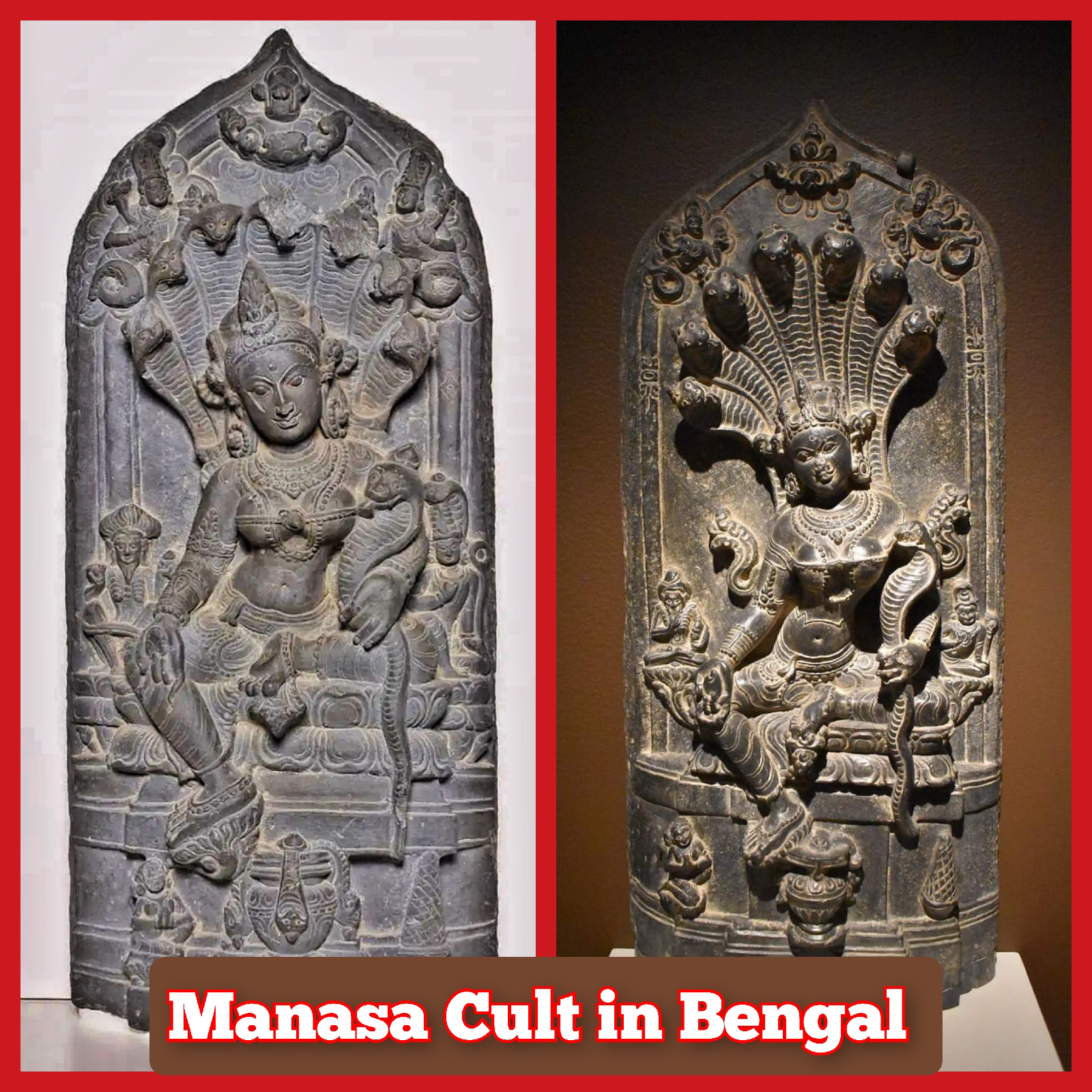History of Ganesha Worship in Bengal

* ℙ𝕒𝕝𝕒 𝕖𝕣𝕒 𝔾𝕒𝕟𝕖𝕤𝕙𝕒 𝕎𝕠𝕣𝕤𝕙𝕚𝕡 : The first reference to the presence of the Ganapatya sampradaya in Bengal centered on Ganesha in from the Narayanpur idol inscription in the fourth year reign of Gaudeshwar Mahipala, when Buddhamitra, son of the merchant Jambhalamitra, habitant of Bilikandhaka under Samatata, erected a idol of Vinayaka-Bhattaraka. The Narayanpur idol inscription of Gaudeshwar Mahipala l The idol is quadrangular in black stone, bearing Moola, Japamala, Parashu and lotus. He is inhaling the scent of Padmapushpa through his trunk. So the worship of Siddhidata Ganesha was quite popular in the merchant communities of Bengal i.e the Baniks at that time. * 𝕊𝕒𝕘𝕒𝕣𝕕𝕨𝕚𝕡 : Ganesha worship at Sagardwip [Saugor island] claims the greatest antiquity. Gaudeshwar Nayapala's Sian insctiption records the construction of a silver-made Sadashiva idol, gold-made Chandika and Bighnanayak i.e. Ganesha idols and g





